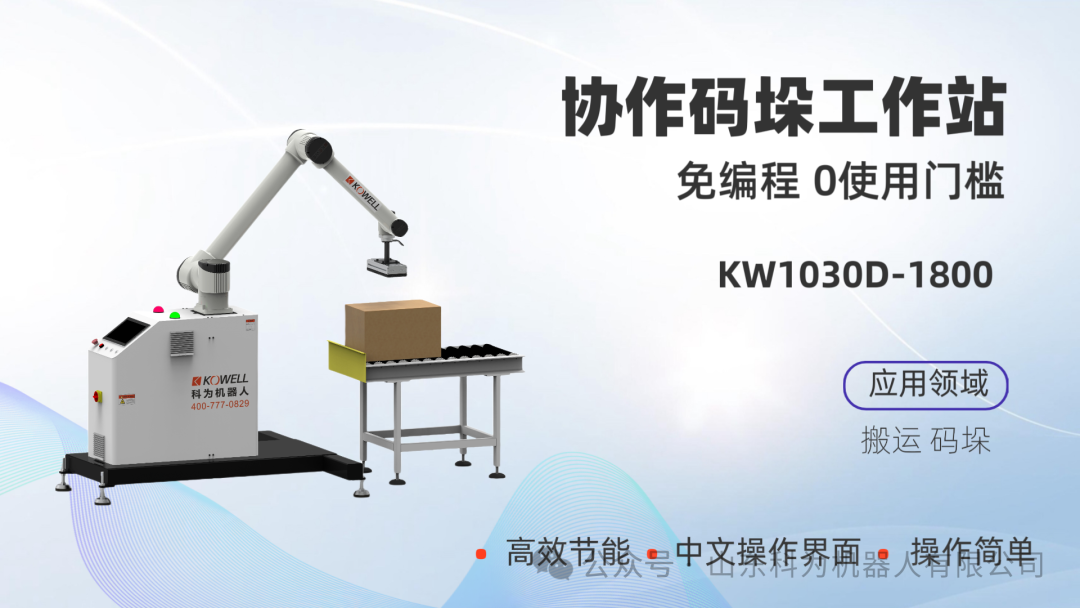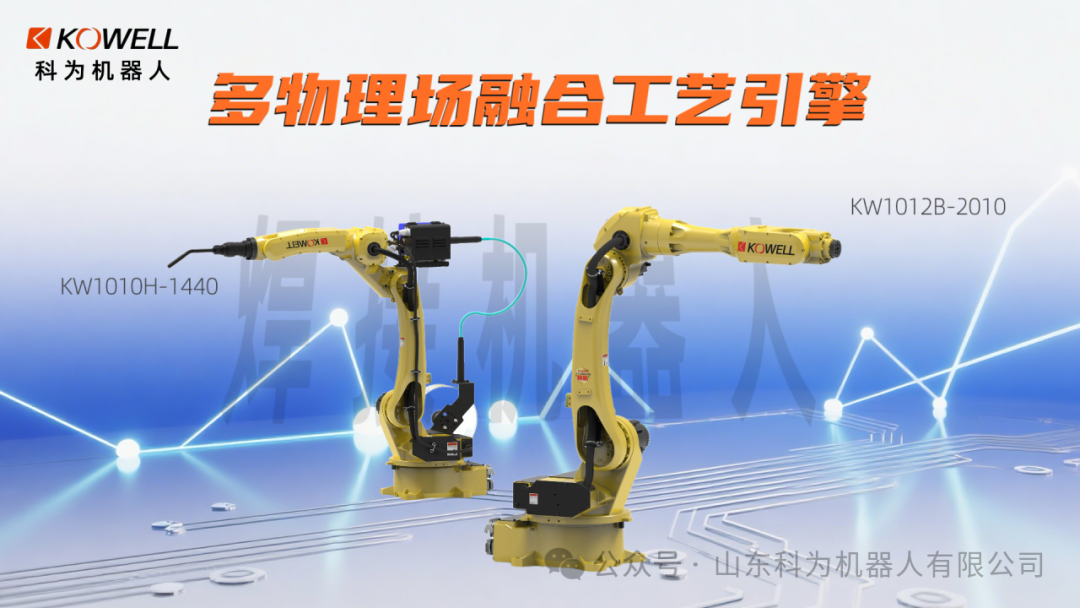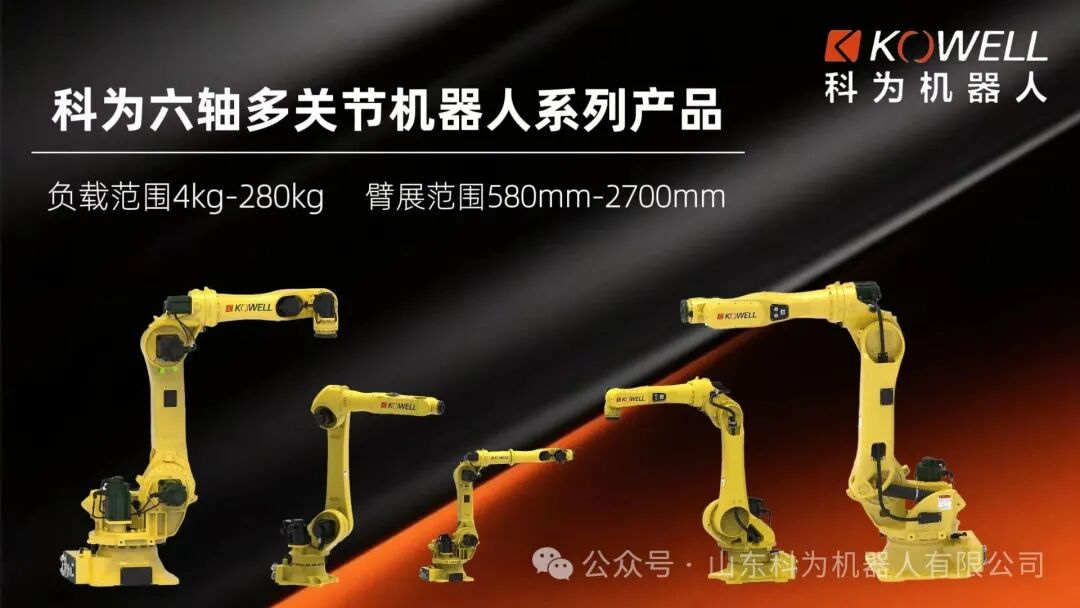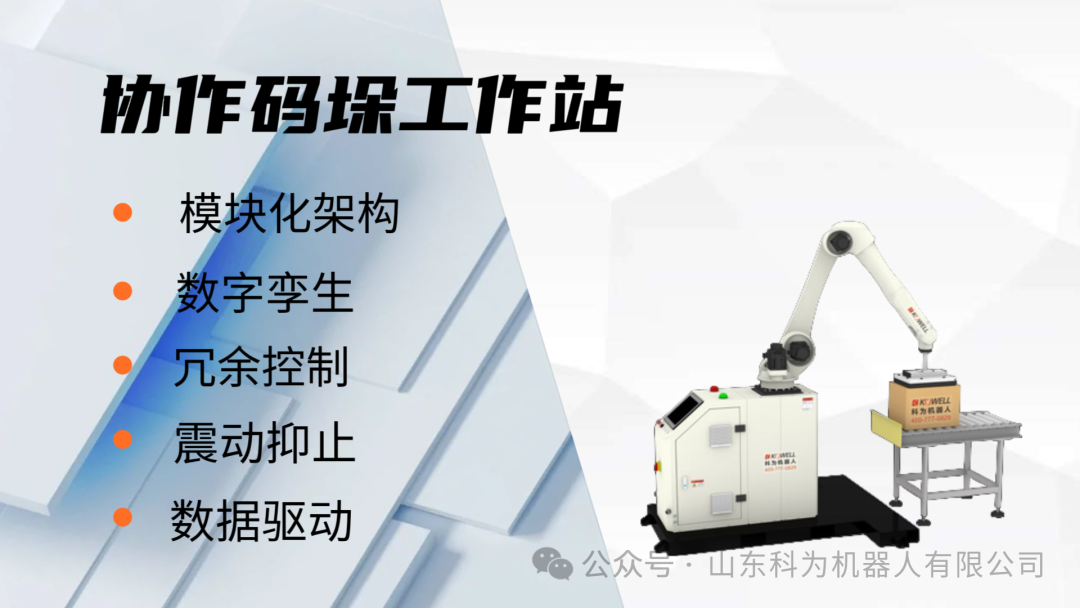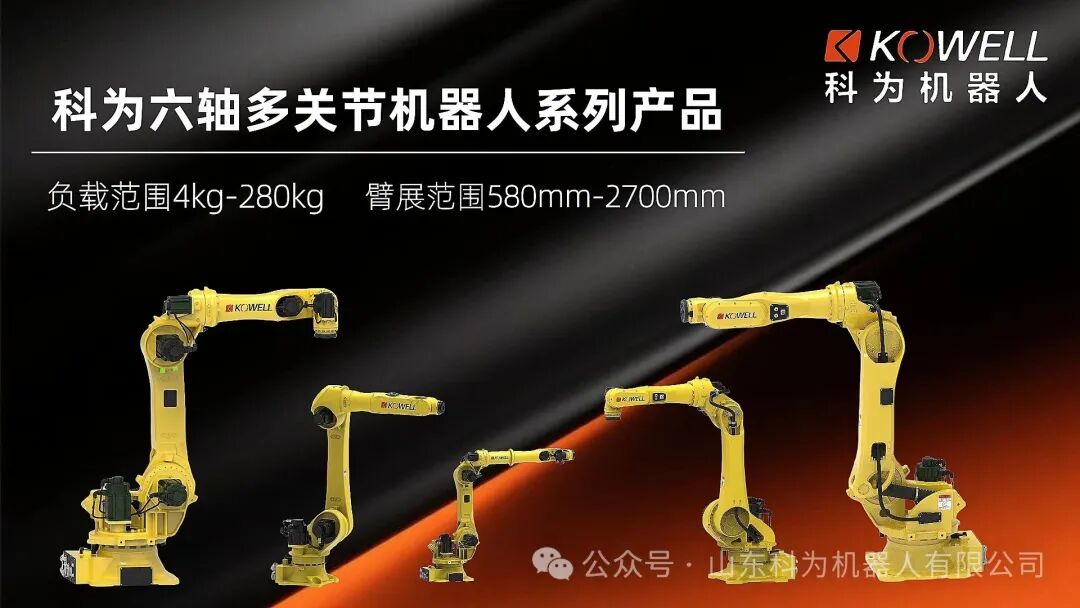In the tide of manufacturing transformation and upgrading, the intelligent transformation of factories has become an irreversible trend. Although many new technologies have emerged, behind these seemingly glamorous automation waves, there is an "invisible core" that silently supports the efficient operation of the production line-collaborative handling robotic arms. They are not as eye-catching as large equipment, but they play a decisive role in flexible production, production rhythm control and human-machine collaboration. Understanding the true value of collaborative handling robotic arms may help companies gain insight into the real driving force of the future of manufacturing.
1. Collaborative handling robotic arms: a new partner that breaks traditional boundaries
Traditional robotic arms are mostly characterized by high rigidity and fixed movements, and mainly perform highly repetitive and dangerous tasks. In contrast, collaborative handling robotic arms have more flexible motion planning and intelligent perception capabilities, and can work safely with workers without complex safety isolation. This change not only reduces the safety threshold of the factory, but also greatly expands the application scenarios of robotic arms.
More importantly, collaborative handling robotic arms are no longer simple "robots". They are gradually taking on the role of the core of the manufacturing link, responsible for connecting upstream and downstream processes and realizing flexible regulation of production rhythm. This collaborative intelligent handling provides manufacturing companies with flexibility and agility that cannot be underestimated, adapting to the increasingly diversified and small-batch production needs.
2. Real value one: realize flexible production and expand manufacturing potential
Against the background of rapid market changes and growing demand for personalized customization, traditional large-scale, rigid assembly lines are difficult to meet the needs of enterprises for flexible scheduling. Collaborative handling robotic arms effectively break the production bottleneck through flexible working modes and intelligent scheduling capabilities.
They can quickly adjust the handling path, operation rhythm and work objects according to order changes, helping enterprises to achieve truly flexible production. This flexibility not only improves the utilization rate of production lines, but also shortens the switching time, reduces the cost of human management, and makes the manufacturing process more flexible and competitive.
3. Real value two: optimize human-machine collaboration and release labor potential
The upgrade of the manufacturing industry should not only be "machines replacing people", but a deeper transformation of the human-machine collaboration model. Collaborative handling robotic arms liberate workers from heavy physical labor and release human resources to more creative and management-valued positions.
In addition, the robotic arms can perceive the environment in real time, intelligently avoid obstacles, and work collaboratively, greatly improving safety. This collaborative relationship reduces workplace risks and builds trust between workers and robotic arms, forming a true "partnership" relationship and jointly promoting production efficiency and quality improvement.
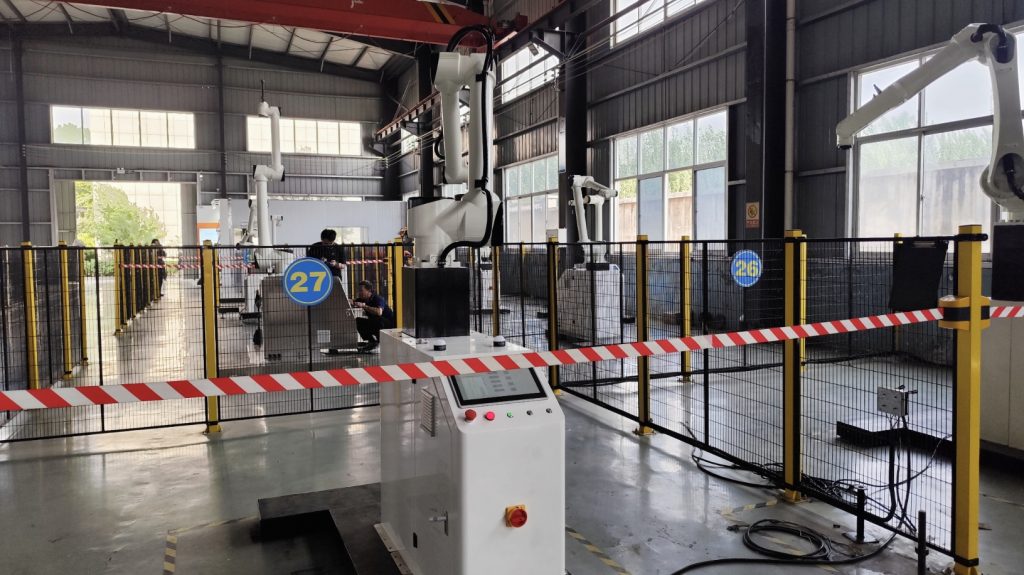
4. Real value three: Embedded in the manufacturing core to promote the digital upgrade of production lines
Collaborative handling robotic arms are not just a single handling tool, but also one of the nodes of the intelligent manufacturing system. They can be embedded in the production management platform through data collection and feedback to form an intelligent closed loop.
This embedding enables enterprises to monitor production status in real time, predict equipment maintenance needs, optimize scheduling plans, and improve overall operational efficiency. Collaborative handling robotic arms become a bridge connecting physical production and digital management, driving factories from mechanical automation to intelligence.
5. Looking to the future: Continuous evolution of collaborative handling robotic arms
With the continuous advancement of sensor technology, artificial intelligence and edge computing, the intelligence level of collaborative handling robotic arms will continue to improve. In the future, they will not only undertake more complex tasks, but also achieve self-optimization through deep learning, further shortening the debugging cycle and adaptation time.
At the same time, modular design and improved ease of use will enable more small and medium-sized enterprises to have the ability to introduce high-end handling robotic arms and promote the popularization of intelligent manufacturing. Collaborative handling robotic arms will change from the "invisible core" of the manufacturing industry to the "visible engine" that promotes industrial upgrading.
Conclusion
As an indispensable key link in the intelligent upgrading of the manufacturing industry, collaborative handling robotic arms are reshaping the factory's production process and human-machine relationship in a way that cannot be underestimated. They not only bring about a leap in production efficiency, but also play a bridging role in flexible manufacturing and digital transformation.
The competitiveness of future factories may depend to a large extent on whether they can deeply understand and effectively utilize this invisible core. Ignoring the true value of collaborative handling robotic arms is equivalent to missing the most transformative power source of intelligent manufacturing. Only by grasping this point can enterprises seize the initiative in the fierce market competition and win the future.

Kewei Wishes You a Merry Christmas!
2025-12-25
Online Consultation
Hello, the current customer service is offline. You can leave your contact information and the staff will respond to you as soon as possible!


